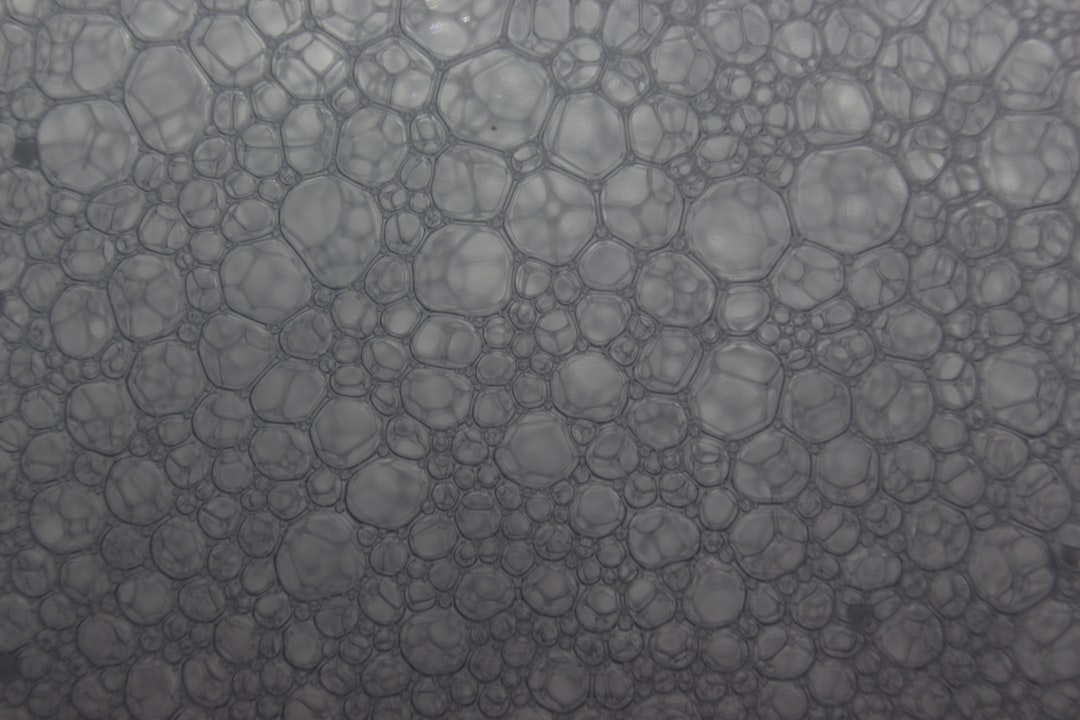What is it about?
With simple non-reciprocity consideration of a loop (nano)antenna the mystical functions of a bacteria light harvester are unlocked. Non-reciprocity is a fundamental requirement in antenna theory otherwise there is no net gain of power received or emitted.
Featured Image

Photo by Jeremy Bezanger on Unsplash
Why is it important?
For centuries people working the photosynthesis are chemists. They are unfamiliar with nanoantenna developed since 2000 by physicists and engineers. For decades people called the light harvesters antenna, but no one ever considered them as antenna seriously. Furthermore, chemists do not even believe a dielectric can be used as an antenna, which is not even dielectric. Most people doing "biophysics" are actually doing biochemistry. There is no physics in their research. Our antenna acquire their properties through geometry. There are real physics inside. Presently people doing biomimetic solar energy harvesters are considering only examples from animals. Photosynthetic light harvesters are examples from the plants and bacteria.
Perspectives
There are many things can be done to further reveal the secrete within photosynthetic light harvesters and made artificial light harvesters for energy harvesting and passive heat radiators. I proposed an experimental research but no one is interested in doing so far. Some numerical calculations are also required to further explore their properties. Unfortunately I do not have any facility other than fantastic.
Julian Ting
Read the Original
This page is a summary of: Non-reciprocal light-harvesting nanoantennae made by nature, Journal of Applied Physics, April 2019, American Institute of Physics,
DOI: 10.1063/1.5082606.
You can read the full text:
Contributors
The following have contributed to this page










